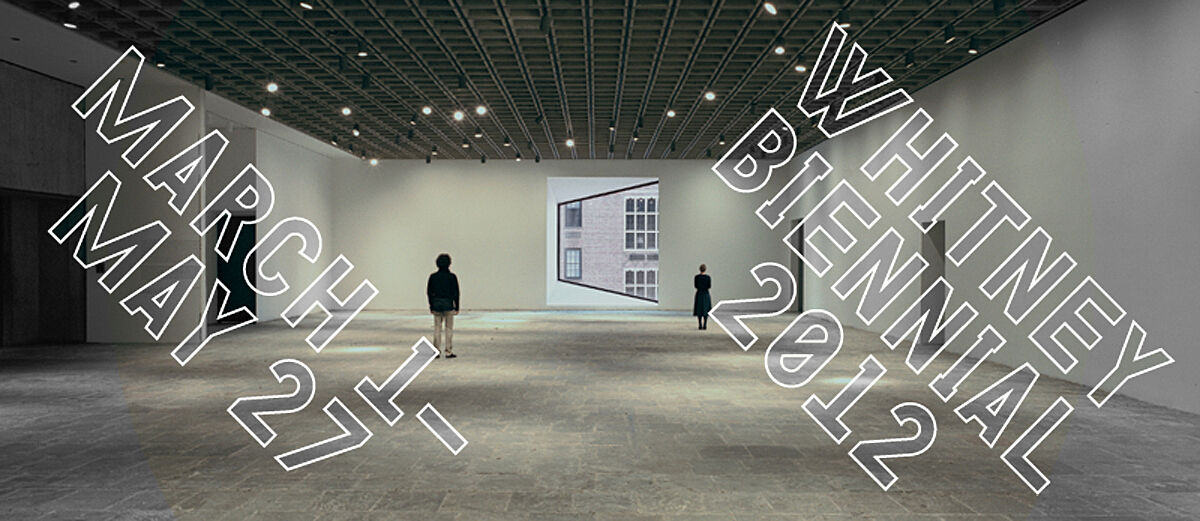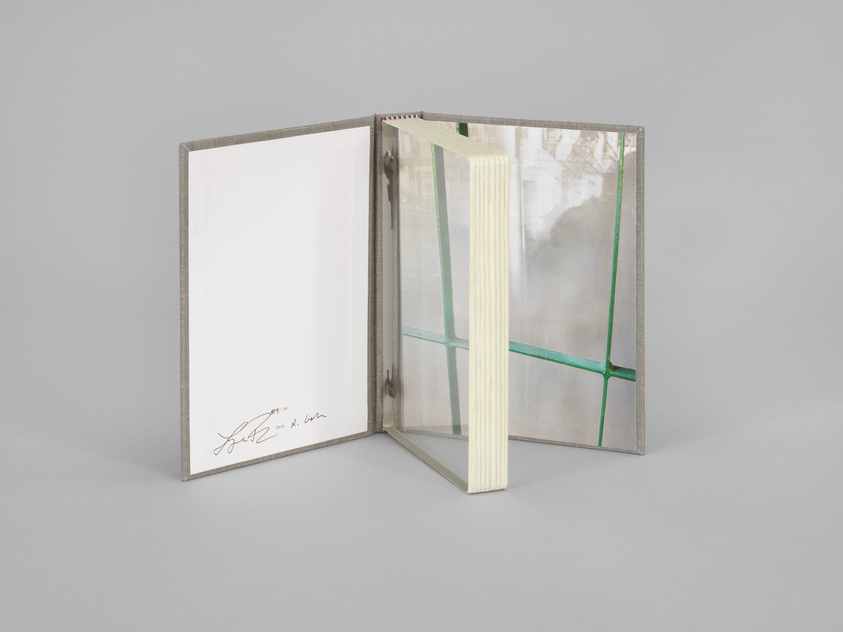Vlog: 2012 Biennial: Forrest Bess (By Robert Gober)
Apr 15, 2013
In this vlog, educator and artist Christine S. Kim discusses visionary painter Forrest Bess, whose work was curated in the 2012 Whitney Biennial by artist Robert Gober.
2012 Whitney Biennial: Forrest Bess (by Robert Gober)
The Biennial exhibition at the Whitney Museum typically takes the pulse of the art scene of today, displaying contemporary art by living artists.
Yet, in this small gallery you will find a series of small paintings by Forrest Bess, who passed away in 1977. How did his artwork come to be on display here? Well, the Biennial curators invited artist Robert Gober to participate in the exhibition. Instead of displaying his own work, he decided to shift his role from artist to curator, and bring in the work of Forrest Bess.
Bess was born in 1911 in Bay City, Texas near the Gulf Coast, an area often struck by hurricanes and storms. He grew up isolated on a small island where debris often washed up from these storms. He used the debris he found to construct his house, where he lived alone. He worked for the family business as a bait fisherman. He would catch fish to sell to other fisherman, who would use it as bait to catch even larger fish.
Bess went to college where he studied architecture, yet after a short time he left school and joined the army. While serving, he eventually had a mental breakdown and returned home. From that point on, he began to have uncontrollable visions, sometimes while he was half-asleep. He decided to place a notebook beside his bed, and when he had a vision he would force himself awake and sketch out his experience. These visions were not just the inspirations for his work; rather, his paintings were intended to be direct representations of the forms of his visions.
Bess studied a wide array of subjects: voodoo, medieval art, psychology, science, aboriginal cultures, and more, from which he wrote an extensive thesis. He traveled to New York and checked out the art scene there, meeting Betty Parsons, an influential gallery owner. Parsons liked his work and started exhibiting it.
Through the course of his studies of wide-ranging subjects, Bess developed the idea that if he could somehow combine both sexes, male and female, in his own body, that this would lead to eternal life, and a stronger connection with his consciousness. He also believed it would help him to be more creative and improve his painting. He decided to perform surgery on himself. He did this alone, without any oversight or medication. Twice he performed surgery, attempting to give himself an opening similar to a vagina, believing this sexual duality would lead to a better life. Ironically, his health deteriorated. He suffered from alcoholism and health complications, and eventually developed skin cancer. In addition, his home was destroyed by a hurricane that swept through the region. Finally, in the year 1977 he died.
Out of all of his work, all that is left is a series of small paintings in simple driftwood frames. Bess always wanted to display his thesis alongside his work, and often turned to Betty Parsons with this request. She always politely declined, stating she would only display the paintings, not the thesis. Bess didn't give up on this dream, sending letters to doctors, Life Magazine, and even President Eisenhower in an attempt to reach this goal. Over the years most of his letters around the world have been lost.
Finally, in this exhibition artist/curator Gober has posthumously granted Bess' wish and displayed what remains of his thesis alongside his artwork. Gober's team continues to search for the lost pages of Bess' thesis.
I'm Christine Sun Kim. Thank you for watching.


